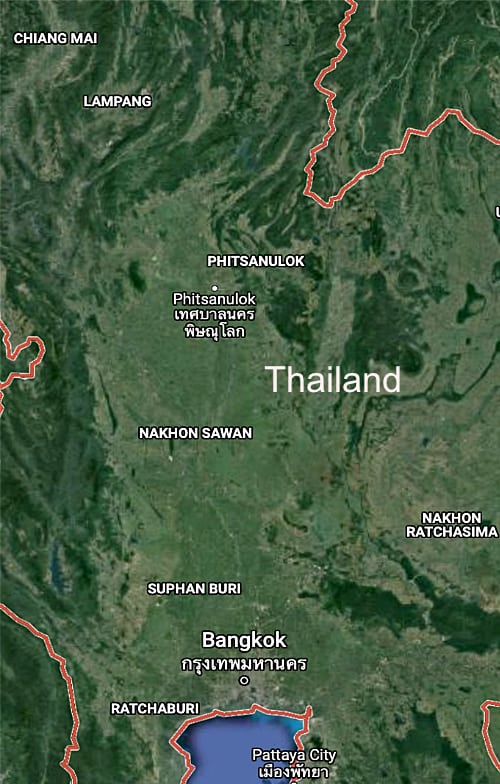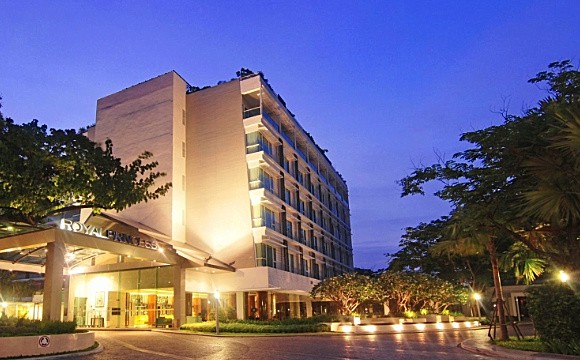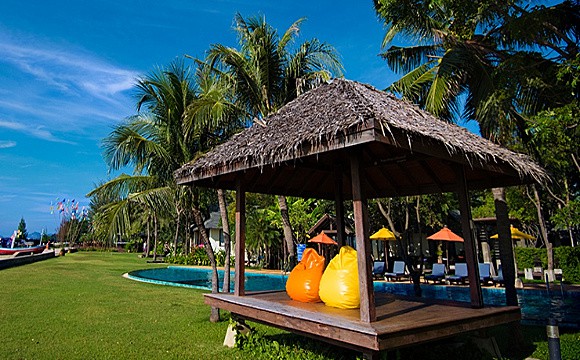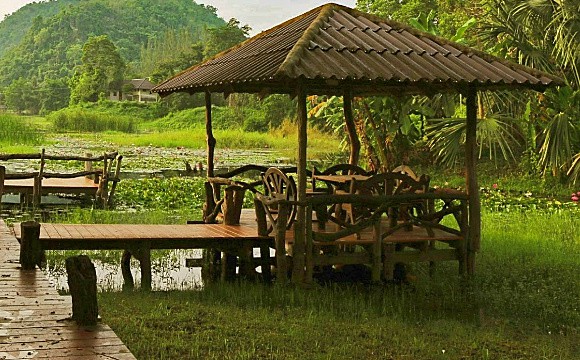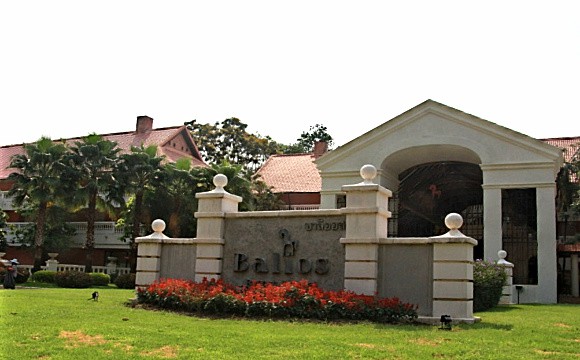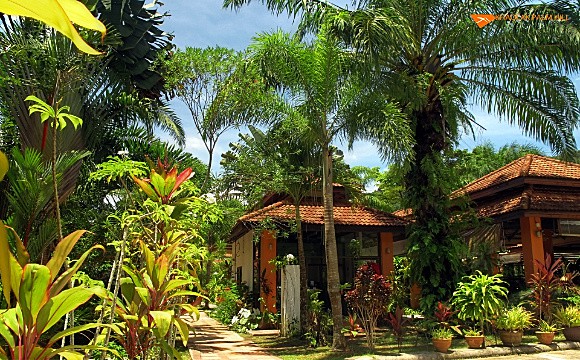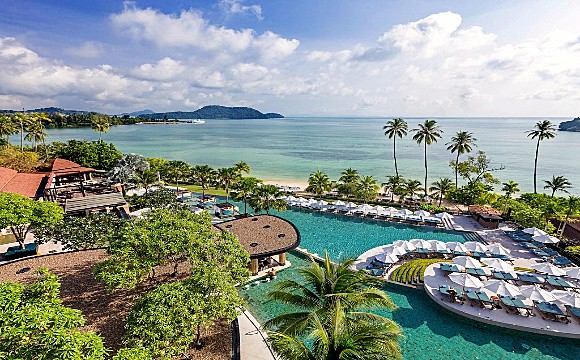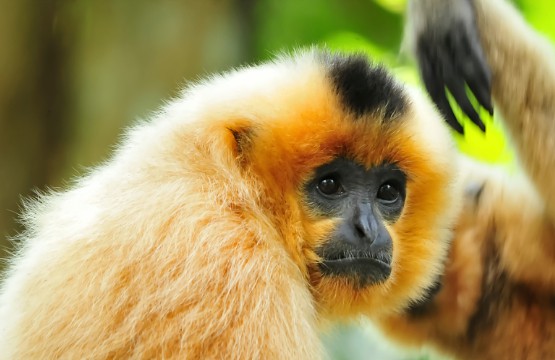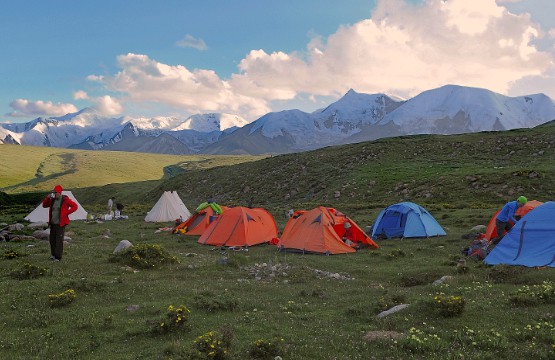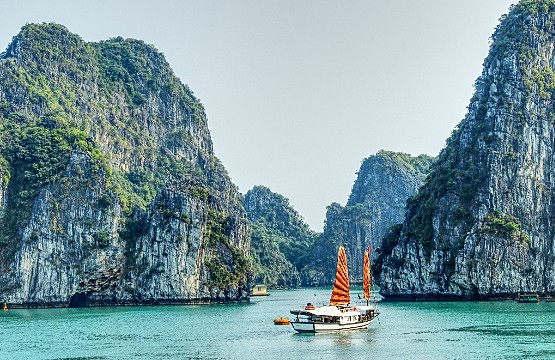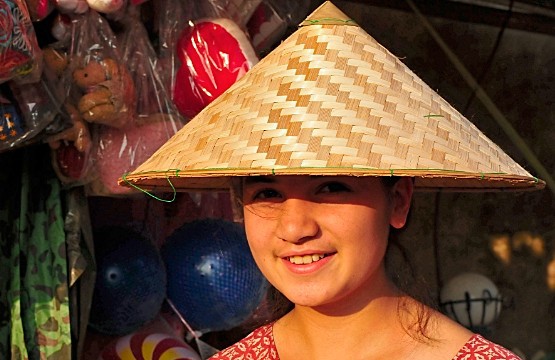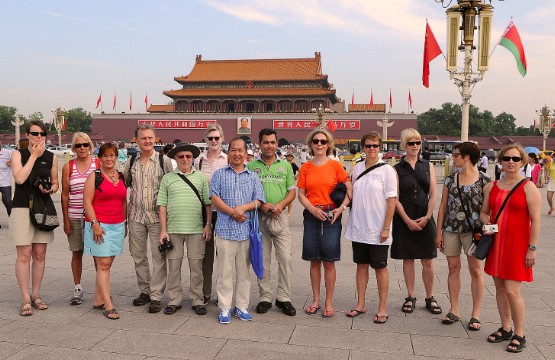Birdwatching in Thailand: The South & The Peninsular
Thailand situated in South-east Asia, the Indo Chinese peninsula of the Oriental Region and has been described as a “zoogeographic crossroads’” because the country’s avifauna comprises Sino-Himalayan, Indo-Burmese, Indo-Chinese and Sundaic elements and large number of migrant visitors from the Palaearctic Region. There are approximately 1,012 species (BCST – Mar 2012) at... More
Thailand situated in South-east Asia, the Indo Chinese peninsula of the Oriental Region and has been described as a “zoogeographic crossroads’” because the country’s avifauna comprises Sino-Himalayan, Indo-Burmese, Indo-Chinese and Sundaic elements and large number of migrant visitors from the Palaearctic Region. There are approximately 1,012 species (BCST – Mar 2012) at present or 10% of the world species are recorded in Thailand. Thailand has a tropical monsoonal climate. Generally dry season is during November to April and the rainy season from May to October but, the far south and South-eastern provinces receive rain during November – January.
This beautiful country with its diverse ethnic groupings, much revered, age-old monarchy and rich cultural heritage has great appeal for the traveller as well as the birdwatcher. This is one of our favourite tours, a journey through an exotic, vibrant land that has an infinite capacity to delight and surprise the visitor. It is also home to a rich and ancient culture many of whose ruins are also excellent places to look for birds. With many wonderful national parks and reserves supporting huge numbers of resident and migrant birds. This tour explores a classic Southeast Asian birdwatching destination that not only has a very rich avifauna but very friendly people, beautiful landscapes and some of the best food in the world.
Our tour visits the marshy plains, mangrove coastline, and salt pans at Phak Tale & Laem Phak Bia south of Bangkok, where we may encounter nearly 40 species of wader including the threatened Nordmann’s Greenshank and Asian Dowitcher and the critically endangered Spoon-billed Sandpiper, and three splendid national parks at Khao Yai, Kaeng Krachan, Sri Phang Nga National Park and Ao Phang-Nga Wildlife Santuary in peninsular hailand, each with vast tracts of uninterrupted evergreen forest supporting a wide mix of northern and southern species as well as a wide variety of mammals.
Less
Giving back to the communities is our responsibility!
With every trip, you also support the SWAN and thus projects for Sustainable Community development and Biodiversity protection.
Our primary NGO partner is Social Welfare Association of Nepal (SWAN), with whom we have carried out multiple CSR (Corporate Social Responsibility) projects. Besides carrying out regular CSR activities in the areas of education and women empowerment, we have supported relief and rehabilitation initiatives in the aftermath of several natural disasters like earthquake, immediate response to COVID-19 pandemic across Nepal.
Giving something back to the world is a special and responsible affair of travel-to-nature Asia right from its inception. When you travel with travel-to-nature Asia and SWAN-Nepal, you become an integral force for change in addressing the most pressing social and wildlife conservation issues. Your tourism funds help transform the future of under-privileged and marginalized communities and transform the future of at-risk natural places you travel. Portion of our profit flows to local communities who live with and steward nature, creating jobs and improving livelihoods.
By joining one of our holidays you are playing a vital role in bringing positive changes in the lives of local community.











